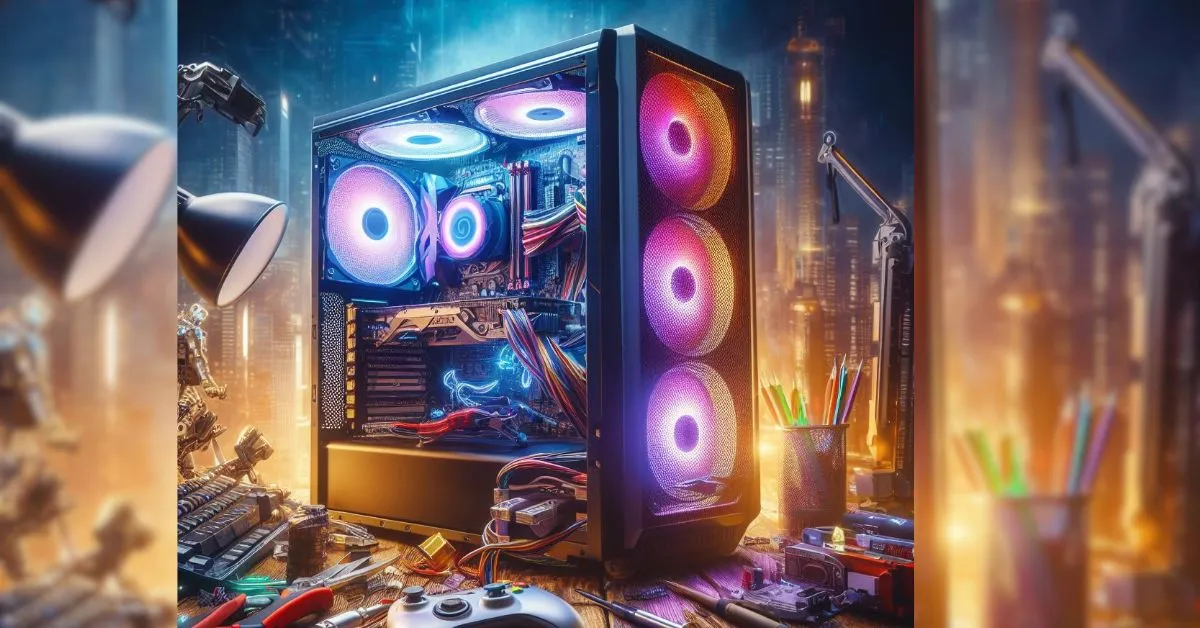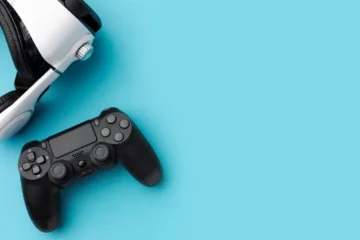Playing on a tight budget doesn’t have to mean sacrificing quality. With careful planning and smart choices, you can build a gaming PC that offers a fantastic gaming experience without breaking the bank. In this blog, we’ll guide you through the process of building a gaming PC on a budget, from selecting cost-effective components to tips on optimizing your gaming rig.
Setting a Realistic Budget
The first step in building a budget gaming PC is setting a realistic budget. Determine how much you’re willing to spend and be disciplined about sticking to it. This will help you make informed decisions when choosing components.
Prioritizing Components
When building a budget gaming PC, some components are more critical for gaming performance than others. Here’s how to prioritize them:
Graphics Card (GPU): Your GPU has the most significant impact on gaming performance. Allocate a significant portion of your budget to a capable GPU. Look for mid-range cards that offer a good balance between price and performance.
CPU: A mid-range CPU is usually sufficient for gaming. Consider AMD Ryzen or Intel Core processors, which offer great value for money.
Memory (RAM): Aim for 8GB as a minimum, but 16GB is becoming the sweet spot for modern games.
Storage: Start with a smaller SSD (around 240GB) for your OS and a few games. You can add a larger HDD for additional storage later.
Motherboard and Other Components: Select a basic motherboard that is compatible with your CPU and GPU. Don’t overspend on features you won’t use. Also, consider a budget case and power supply unit (PSU).
Finding the Best Deals, Gaming PC on a Budget
To maximize your budget, keep an eye out for discounts, promotions, and bundle deals. Websites, forums, and social media groups focused on PC building often share deals and sales.
Consider Used or Older Components
Purchasing used parts might be a terrific way to cut costs. You can find second-hand GPUs, CPUs, and even RAM from reputable sources. Just remember to do your homework and only purchase from reliable vendors.
DIY vs. Pre-built PCs
Building your PC is usually more cost-effective than buying a pre-built one, but pre-built systems often come with warranties and customer support. When choosing a choice, weigh your possibilities and evaluate costs.
Optimizing Your Build
Once you’ve assembled your budget gaming PC, there are several ways to optimize its performance:
Overclocking: If you’re comfortable with it, you can overclock your CPU and GPU to get more performance without spending extra.
Driver Updates: Regularly update your GPU drivers to ensure you’re getting the best performance from your hardware.
Thermal Management: Proper cooling is essential. Ensure your case has good airflow, and consider adding additional fans if needed. Upgrading your CPU cooler can also help maintain lower temperatures.
Optimize Game Settings: Adjust in-game settings to balance performance and visuals. Lowering resolution or detail settings can significantly boost frame rates.
Monitor Refresh Rate: Match your monitor’s refresh rate with your PC’s capabilities. A high-refresh-rate monitor is great, but if your PC can’t consistently reach those frame rates, you may not fully benefit from it.
Conclusion
Building a gaming PC on a budget is a rewarding experience that allows you to enjoy your favorite games without spending a fortune. By setting a realistic budget, prioritizing components, seeking deals, and optimizing your build, you can create a gaming rig that offers fantastic performance without breaking the bank. Whether you’re a casual gamer or a competitive player, a budget gaming PC can provide an excellent gaming experience.



